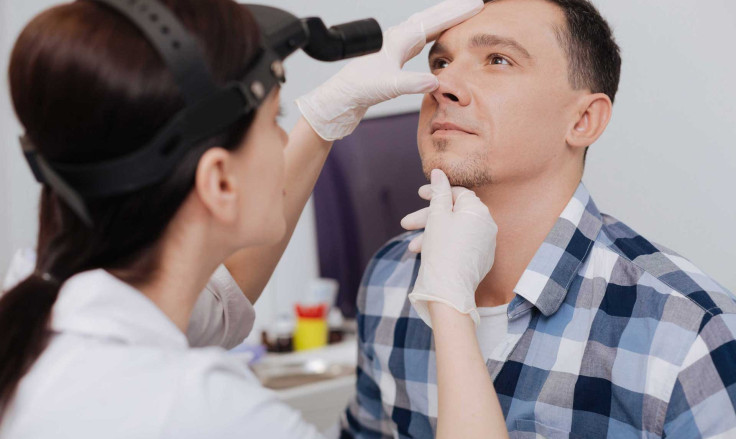Rhinoplasty, also known as a “nose job,” is a surgical procedure that alters the shape and size of the nose. It can be performed for both cosmetic and functional reasons, such as to correct a congenital defect, injury, or breathing problem.
The procedure is typically performed under general anesthesia and takes between 1 and 3 hours, depending on the complexity of the case. The surgeon will make incisions either inside the nostrils or across the columella, the strip of skin between the nostrils. The skin is then lifted off the underlying nasal structure, allowing the surgeon to reshape the bones and cartilage as needed.
Types of Rhinoplasty
There are two main types of rhinoplasty: open and closed. In an open rhinoplasty, an incision is made across the columella, allowing the surgeon better access to the nasal structure. In a closed rhinoplasty, all incisions are made inside the nostrils, resulting in no visible scarring.
One of the most important aspects of the procedure is the consultation process. Patients should have realistic expectations and discuss their desired outcomes with the surgeon. It is also important to choose a qualified and experienced surgeon, as the success of the procedure depends largely on their skill and expertise.
After the surgery, patients can expect some swelling and bruising around the eyes, which will subside within a week or two. The majority of the swelling will subside within the first two weeks, but it can take up to a year for the final shape of the nose to fully develop.
Rhinoplasty is considered a safe procedure, but like any surgery, there are risks involved. These include infection, bleeding, and an adverse reaction to anesthesia. Patients should also be aware that while the procedure can greatly improve the appearance of the nose, there is a chance that the final result may not be exactly what was expected.
Overall, rhinoplasty can be a highly effective way to improve the appearance and function of the nose. However, it is important to fully understand the procedure and its risks before making a decision. Choosing a qualified and experienced surgeon, having realistic expectations, and being prepared for the recovery process are key to achieving a successful outcome.
Finally, it is important to note that rhinoplasty is a relatively expensive procedure. The cost can vary depending on the surgeon and location, but it is typically in the range of $5,000 to $15,000. Many insurance companies do not cover the cost of the procedure unless it is being done for functional reasons, such as breathing problems.
Steps for Rhinoplasty
The process of rhinoplasty typically includes the following steps:
- Consultation: The first step is to schedule a consultation with a qualified and experienced surgeon.
- Pre-operative planning: The surgeon will use computer imaging to create a digital simulation of the proposed changes to the nose.
- Surgery: The surgery is typically performed under general anesthesia and takes between 1 and 3 hours, depending on the complexity of the case. The surgeon will make incisions either inside the nostrils or across the columella to access the underlying nasal structure.
- Post-operative care: After the surgery, a splint is placed on the nose to help maintain its new shape. Patients can expect some swelling and bruising around the eyes, but this will subside within a week or two.
- Follow-up visits: The patient will have several follow-up visits with the surgeon to monitor the healing process and ensure that the nose is healing properly. It can take up to a year for the final shape of the nose to fully develop.










